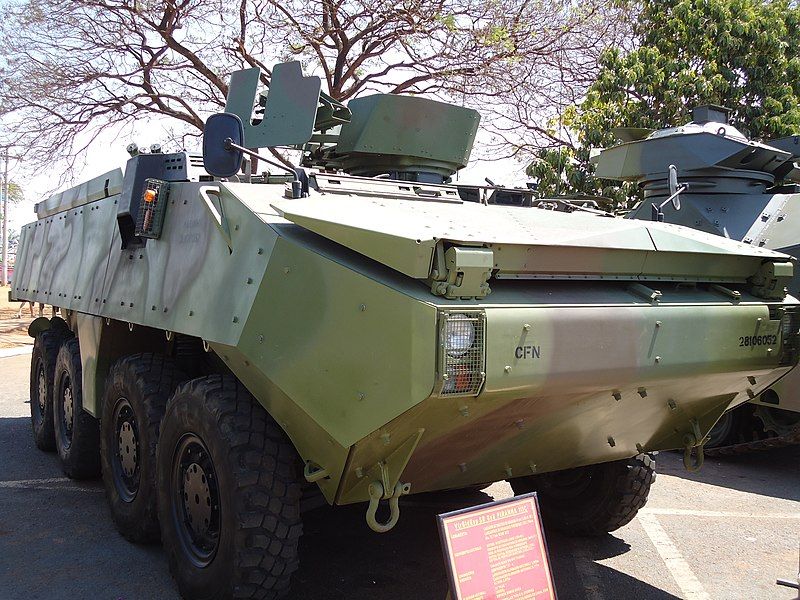That's exactly my point. The whole thing is somewhat arbitrary. I don't keep track of what armoured regiments or infantry battalions do every year but I try to stay on top of artillery regiments and, quite frankly I see no difference between what the three regiments do with the exception that one gets involved in Maple Resolve and a few things and is certified at high readiness through the CMTC process. I'm of the view that CMTC is a waste of resources for what it does.
@TangoTwoBravo pointed out that the MRP was changed recently and I do note that in addition to the Build, Contingency, Committed cycle it changed to the DATE Europe scenarios which is a useful change, but in effect we send two battalion headquarters and two rifle companies and some other elements to Latvia annually. Why did we move 3,200 people from 2 CMBG and their gear to Wainwright for that? That size element could train quite adequately at their home base.
I'll leave it to you to tell me, did a shift to Build, Contingency, Committed really result in any practical changes or just notionally improve our readiness status to 66% with some slight of hand? Did we ever really need a two-year reconstitution and road to high readiness cycle before reaching a year of high readiness after 2011? Or is the whole thing just based on the fact that we happen to have three brigades which dictate three cycles?
I'm not opposed to what you suggest at all. I think elements should be slated for deployment and ought to be warned for missions and organized, equipped and trained for them. But we're not currently deploying brigades. We're deploying less than battlegroup sized units and their training can be left to themselves and their brigade headquarters without any need for an annual MRP-based training cycle. Let each brigade train progressively every year culminating in a brigade level 7 FTX. Concurrently lets identify elements that need specialized preparation for a given mission and train them either as part of the annual cycle or separately as appropriate in each circumstance.
I've been following the US Army's abandonment of the three-year "Reset, Train and Ready, Deploy" cycle in favour of the Regionally aligned Readiness and Modernization Model which essentially identifies an element for deployment and puts that element through an eight month equip and train cycle prior to deployment. It has merit and can be scaled downward. IMHO, eight months is a maximum. Many missions can be prepared for in even less time.
If I understand the foundation of the MRP system at the turn of the century it involved two problems to solve: the fact that the Army had not done brigade exercises for nearly a decade and the fact that the army had significant resource limitations in both equipment and funds. It created the Brigade Training Event to ensure that every three years each brigade would get one proper exercise. That occurred at just the point in time where our commitments to Afghanistan heated up and the MRP proved a useful tool in meeting the heavy commitments imposed by the six-month wartime rotation cycles.
IMHO, CMTC and Maple Resolve are resources that we can no longer afford in the same way we couldn't afford to have a plethora of Dot Coms. My suggestion is simply that we allow each brigade to go back to its annual training cycles including a Level 7 formation exercise. Concurrently we designate mission elements for deployment and put them through targeted training on a 2-6 month 'equip and train' cycle depending on the scale of effort required for the mission and then deploy them. By all means have a traveling road show team out of Army headquarters formulate training and monitor and certify the element's readiness if you don't trust the brigade to do that. (Yes I am cynical when it comes to the need to have an "independent" agency certify readiness) And yes, one can also designate a stand-by high readiness force which is not detailed for a specific deployment but just possible contingencies.
While we're on the subject, I'm also a great fan of asymmetrical brigades. IMHO the symmetrical brigade is a large factor in what's keeping the MRP alive. We consider brigades as Swiss Army knives that should be able to do everything. That just makes me think of the Jack of all trades ... analogy. If, on the other hand, brigades were organized and equipped and routinely trained as part of their annual cycle on specific regional/capability-based operations and if deploying elements for a given mission were selected from a related regionally/capability focused brigade, it would accelerate deployment training and equipping dramatically and therefore enhance overall force readiness.
Let me throw in one final thought.
@TangoTwoBravo pointed out quite rightly that the Russell paper is dated but it does still have some validity in that we are lacking strategic readiness in that we are not structured to meet the government's commitments. Just as an example, if the government is frequently looking for small mission elements to deploy internationally would we be better off strategically to create two 300-man battalions with two small command team rather than one 600-man battalion that needs to be fragmented. If we're constantly sending out NCEs requiring a Colonel and some staff, wouldn't we be better off with some additional light scale brigade headquarters that could deploy in that role as an entity. I'm as much of a fan of full-sized battalions and regiments as the next man when it comes to full-scale combat operations but we've already organized ourselves into force generation model built around sub-units aggregated into a mission specific battle-group. Frankly, based on the size of deployed task forces, we could us more unit and minor formation command nodes for rotational work to meet the government's strategic objectives.
I'd be interested in all of your thoughts on those last two points?



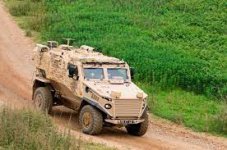
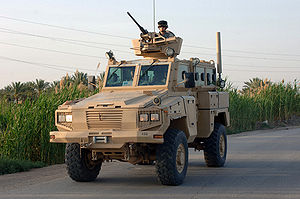
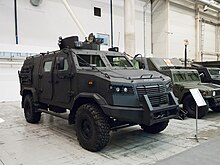






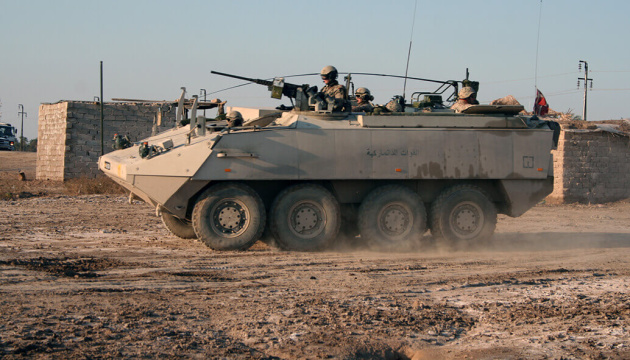
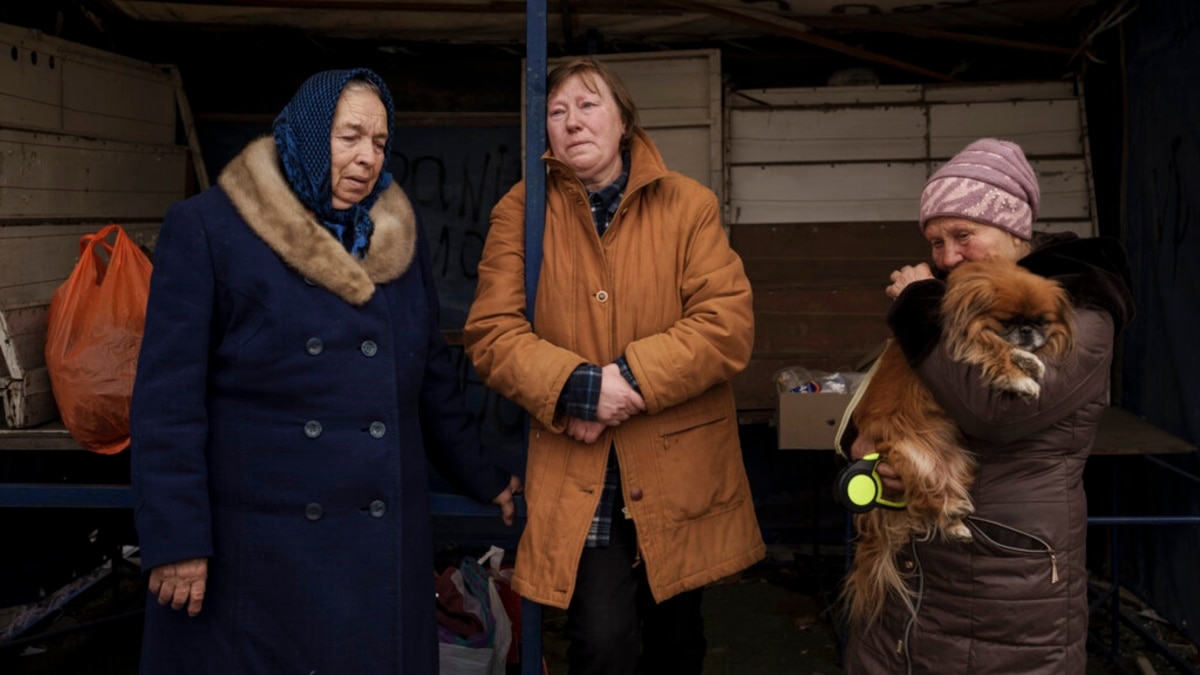

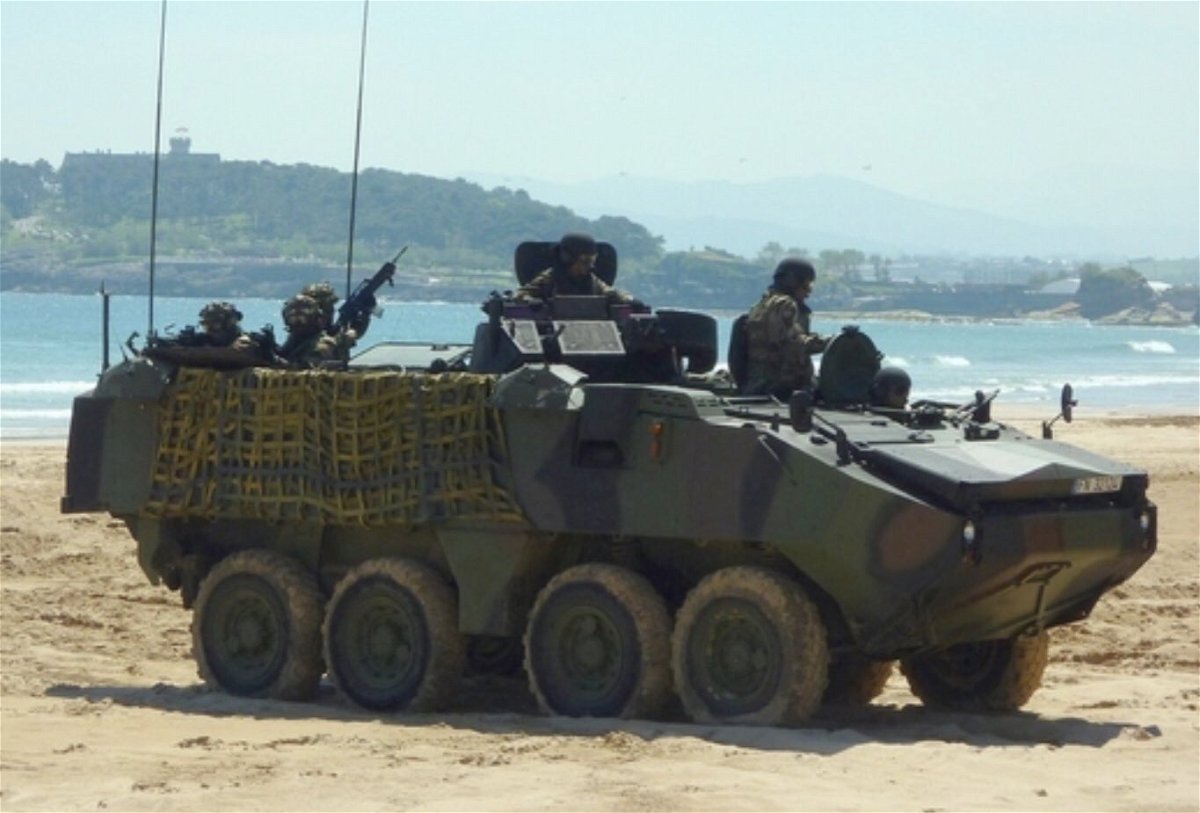
/cloudfront-us-east-2.images.arcpublishing.com/reuters/EHAK6YW4ZNMXPJKE2XK5PRNIGE.jpg)
